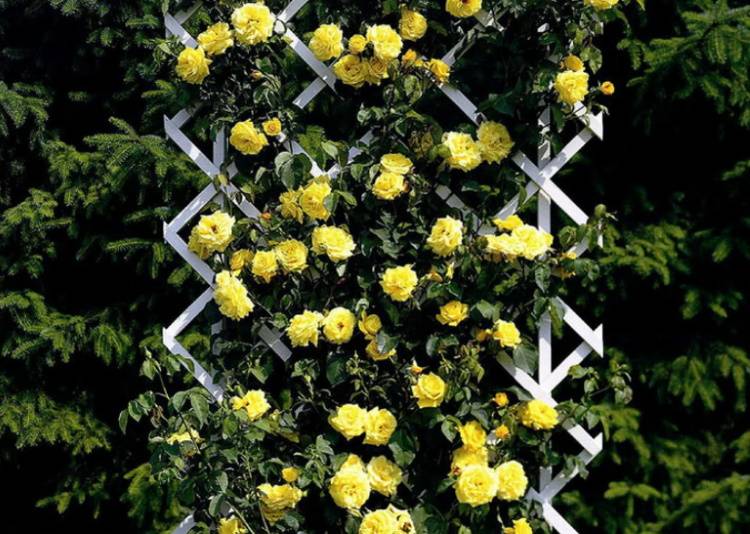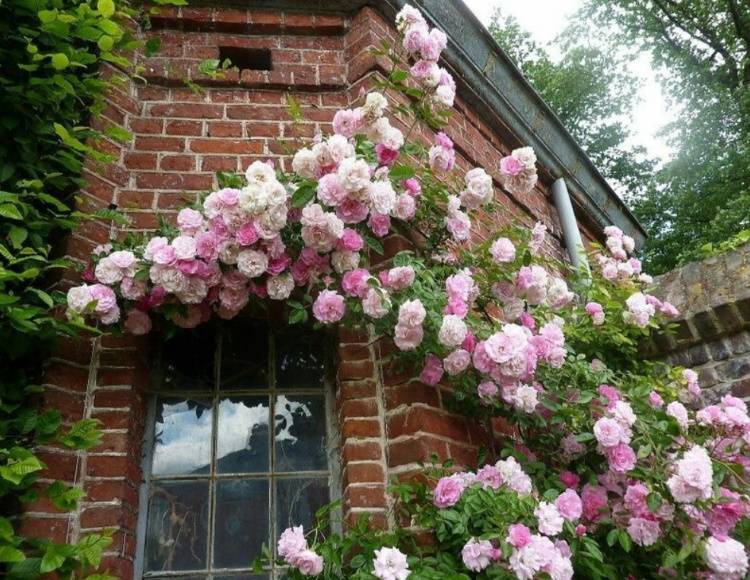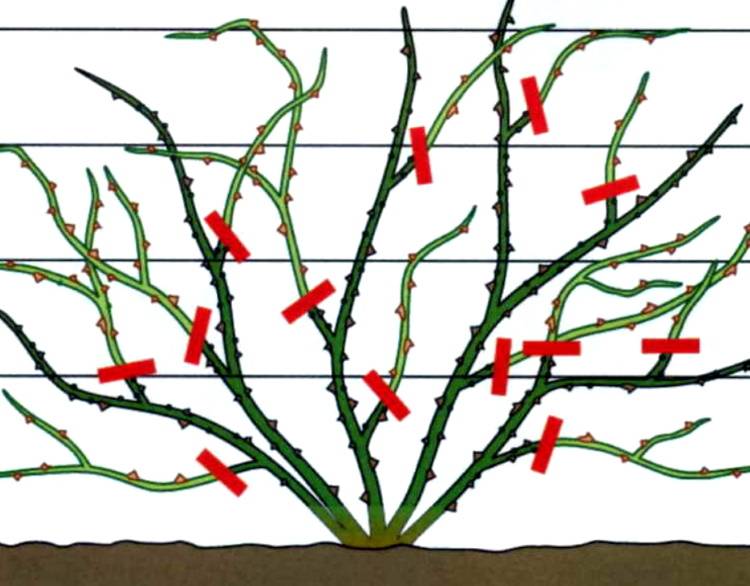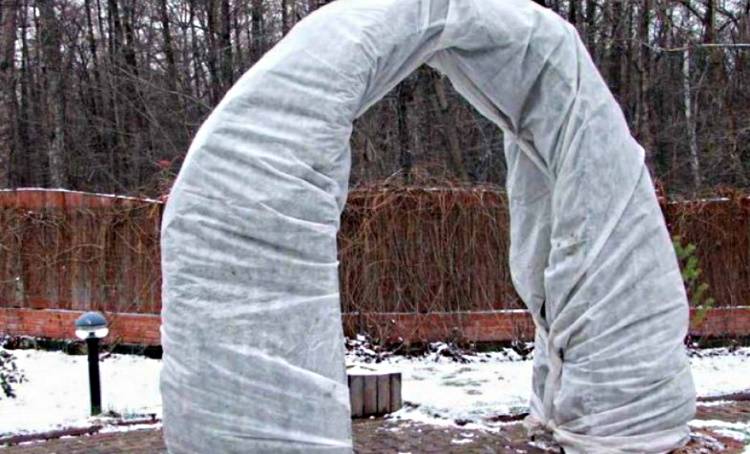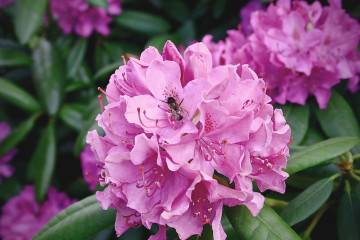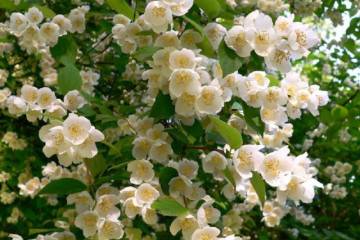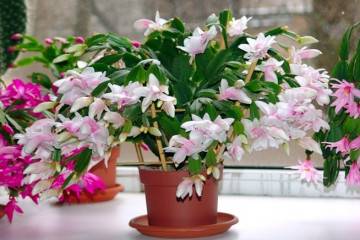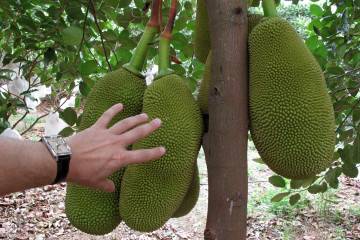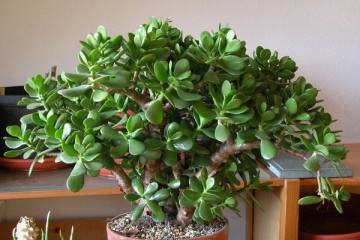Why the climbing rose does not bloom, but grows in height
Content:
Without knowledge about the species characteristics of seedlings and the conditions for their cultivation, it is difficult to figure out why climbing roses do not bloom. Although these flowers are considered unpretentious plants, gardeners should adhere to certain agrotechnical techniques when caring for them and use appropriate care technology.
Types of climbing roses
Roses with long shoots occupy a leading place in decorative landscaping. These shrubs are grown in gardens near gazebos, arches, balconies, summer cottages, and are used to decorate interiors. Attached to trellises and supports, they can serve as hedges and shade the southern sides of houses.
According to the size of the stems, they are divided into:
- semi-pebble with stems up to 3 m long;
- climbing with branches up to 5 m;
- curly, reaching 15 m in height.
By the nature of flowering, they can be large and small-flowered, by tolerance to low temperatures - thermophilic and winter-hardy.
Climbers
Climbing climbers have thick, tough, erect shoots. They don't have to trail around the support. They will cover a fence or an old wall without additional structures. Climber inflorescences can reach 7-11 cm in diameter, they bloom on one plant two to three times a year.
Often, climber owners cannot figure out how to make a climbing rose bloom, because they do not take into account that this type of plant requires reliable shelter in cold winters or growing in protected ground. Climbers form buds both on last year's stems and on shoots that emerged during the flowering season.
Rambler
Roses with the longest prickly curly and flexible lashes belong to the group of ramblers ("ramble" - to crawl, curl). Used for vertical gardening. They have medium-sized simple or semi-double inflorescences up to 2.5 cm in diameter, collected in bunches. They are capable of blooming once a season, but pleasing to the eye for 30 days. The dense leathery foliage of rambler roses is also small in size. The root system does not freeze under a thick layer of snow.
For lush flowering, these dwarf shrubs need a variety of supports, on which they can drive their branches to the roof of the house. Distinctive features of ramblers are their flowering on last year's shoots and a very strong beautiful aroma. Different varieties of these roses bloom at different times, so sometimes gardeners plant 2-3 species on one support, blooming alternately.
Why a climbing rose next year stretches in height, but does not bloom
Why the climbing rose does not bloom, you need to think about the next year after planting the seedling in a permanent growing place. Sometimes the cause of concern is the fact that the plant does not form the number of buds that was promised by the characteristics of the variety.Often, the plant grows long, covered with leaves, lashes, and the inflorescences open only at their tops.
Factors affecting the abundance of flowering:
- mistakes made when planting roses;
- improper care of plants.
Mistakes made by beginners when planting climbing roses
Several mistakes can be made when landing. All of them can significantly affect the development of young bushes and their further ability to bloom.
Incorrectly selected soil composition and planting site
The choice of a planting site depends on the varietal characteristics of the seedlings. Rambler root well and grow in partial shade, but they need a lot of light to bloom. Climbers need sun in the morning, but their thin leaves and inflorescence petals can not withstand the midday heat. Therefore, gardeners consider the best place for climbing roses to be a site that is at least 50 cm away from the walls of buildings (so that the heat from the heated bricks does not scorch the plants), well ventilated, but protected from drafts and the scorching sun.
The soil for plants should consist of permeable loams, since an excessively fertile soil composition can lead to an active build-up of green mass to the detriment of the formation of flower buds.
Stagnant moisture can lead to rotting of the root system and weakening of the flower. To prevent waterlogging of the soil, it is necessary to add a layer of river coarse sand to the clay soil. 2-3 months before planting, fertilizers with potassium-phosphorus components and biological products are added to the planting pit to prevent fungal diseases.
Insufficient penetration of the seedling into the planting hole
Climbing rose seedlings can be obtained from cuttings of a certain type of plant, these are own-rooted flowers, or they can be grafted onto a rose hip. If, when planting a grafted seedling, the earth does not cover the stems of the grafted flower, then new young shoots may begin to grow from the root of the mother stock, and not from the cultivated scion. In this case, flower buds will be laid on the stems of the rose hip, not the rose.
Possible mistakes when caring for climbing roses
For climbing roses, arrangement on supports, correct pruning of shrubs before wintering, wintering conditions, watering and feeding are important.
Since at present there are remontant (re-flowering) varieties of ramblers and climbers blooming once per season, when buying seedlings, it is necessary to clarify which species the plants belong to and all the necessary conditions for caring for them.
Supports for climbing roses
Curly ramblers cannot be made to bloom in the shade or if their stems lie on the ground and are not tied to supports. On them, the branches of ramblers can grow to the length when the gardener has the opportunity to direct the stems of the shrub parallel to the ground. On the horizontally located flexible branches of the rose, lateral shoots actively grow, on which flower buds are formed.
Pruning
Depending on the varietal characteristics, roses are cut either once a year on the eve of wintering, or up to 3 times a year:
- trimming ramblers must be done no later than September.Healthy shoots over 2 years old are shortened to a length that makes it possible to roll them into a ring, and cut out completely inside the bush. On young one-year central stems, 1-2 well-developed buds are left;
- on climbers, when pruning, it is necessary to preserve the skeleton from the shoots not older than 4 years. Lateral shoots are shortened. In the summer, 1-2 pruning is carried out to remove faded inflorescences, shorten the side shoots.
Preparation for wintering
In warm regions, climbing roses are insulated only in the root zone. In Central Russia, rambler roses can also do with only light insulation, while climbers need protection, consisting of arcs with covering materials stretched over them. In the conditions of the Urals and Siberia, all types of roses are covered in such a way that a 10-15 cm strip of air remains above the plants, and dense thick protective materials are on the covering structure.
Watering and feeding
Climbing blooming roses with a large mass of branches in the heat need weekly abundant watering. In early spring, watering begins after the soil has completely dried out. They are stopped in the fall. In winter, plants should leave with a slightly damp root zone.
Together with the first spring watering, nitrogen fertilizers are applied to the root zone. Their number depends on the size and age of the bush. On average, 15 g of urea is diluted in 10 liters of water. After 2 weeks, when watering, a nitroammophoska is used, which contains equal shares of nitrogen, phosphorus and potassium. In summer, phosphorus and potassium will be useful for the formation of buds. For the winter, up to 3 kg of rotted manure is brought under each adult bush.
Disease and pest control
Leaf-eating insects and their larvae, aphids, spider mites are dangerous for roses. Plants can suffer from fungal diseases. Modern means of plant biosecurity allow you to get rid of pests and various pathogenic microorganisms without harming the environment.
How to make a climbing rose bloom
For lush flowering, the rose must lay a sufficient number of flower buds on the lateral shoots located horizontally above the ground. Correct pruning and horizontal garter support will lead to the growth of flowering lateral shoots on the central branches, and spring-summer feeding with phosphorus and potassium will give the plants strength to bloom.
Beautiful flowers in the garden do not grow by themselves. They need constant care and timely agrotechnical measures. These judgments fully apply to climbing roses, which are undoubtedly wonderful ornamental plants.
